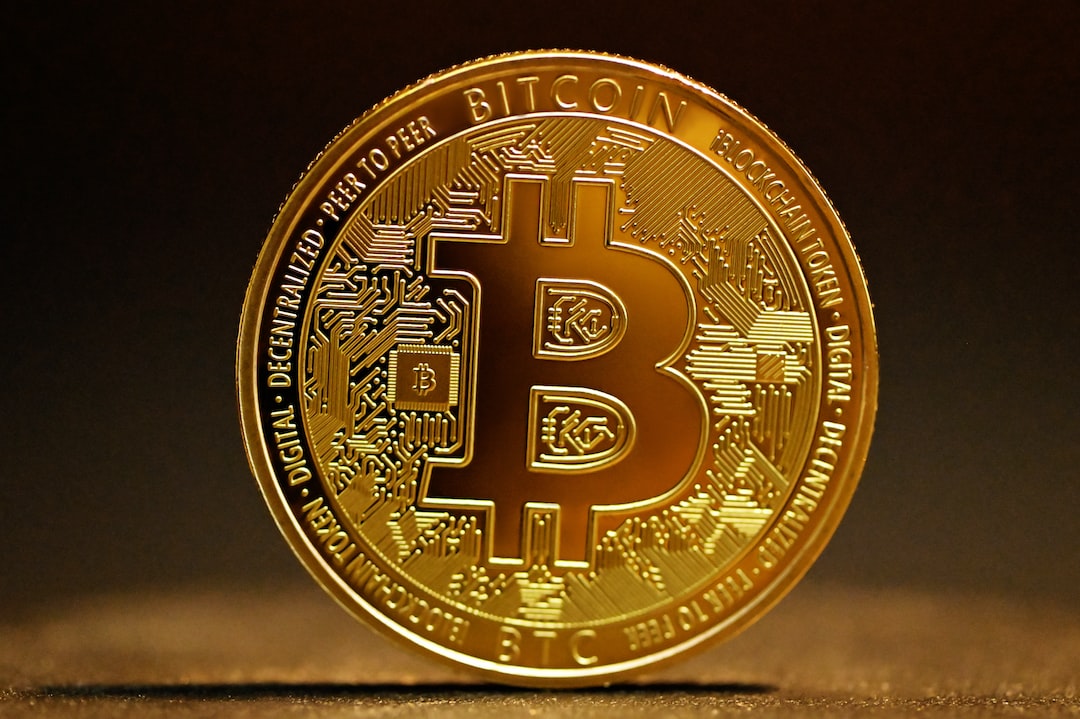Michael Lewis’ Book Highlights Sam Bankman-Fried’s Motivations and Actions
In his latest book, Michael Lewis provides insights into the rise and fall of former FTX CEO Sam Bankman-Fried (SBF). While Lewis is critical of those involved in the US housing bubble, he presents a more positive view of SBF. The book delves into SBF’s motivations and interactions with others, particularly his belief in effective altruism.
The Fallout of FTX’s Bankruptcy
When FTX declared bankruptcy in November 2022, it had significant consequences for many people, both financially and emotionally. Media outlets had previously portrayed SBF as a rising star who could bridge the gap between crypto and traditional finance. However, once FTX collapsed, retail investors were unable to access their funds for months unless they had managed to withdraw them early on.
The Disconnect Between Alameda Employees and the Reality
The book highlights a farewell message from former Alameda Research CEO Caroline Ellison to employees following FTX’s collapse. The message appeared carefree and disconnected from the hardships faced by those who lost their jobs, money, and credibility. However, Lewis acknowledges one instance where this narrative shifted during a conversation between SBF and former FTX COO Constance Wang.
An Infantilizing Portrayal of Bankman-Fried
Lewis often depicts Bankman-Fried as highly skilled in trading but incompetent in everyday tasks. He includes details about FTX’s headquarters in the Bahamas, which featured plans for a cube made of pure tungsten. The book concludes with Lewis discovering the cube, and SBF’s only feedback being “badminton courts.”
Insufficient Evidence for Prosecution
If prosecutors only relied on the information from Lewis’ book, it’s unlikely that charges would have been filed against SBF. Lewis himself suggests that FTX user funds went “nowhere,” and hedge fund managers were unaware of any wrongdoing before the exchange’s collapse.
Hot Take: The Complexity of Sam Bankman-Fried
The book provides a complex portrayal of Sam Bankman-Fried, highlighting his motivations, actions, and the consequences they had on others. While there is sympathy for his altruistic beliefs, there is also criticism of his handling of FTX and its impact on investors. It raises questions about the intersection of crypto and traditional finance and the responsibility of those involved in these markets. Overall, the book offers a nuanced perspective on a controversial figure in the crypto industry.





 By
By
 By
By
 By
By
 By
By
 By
By